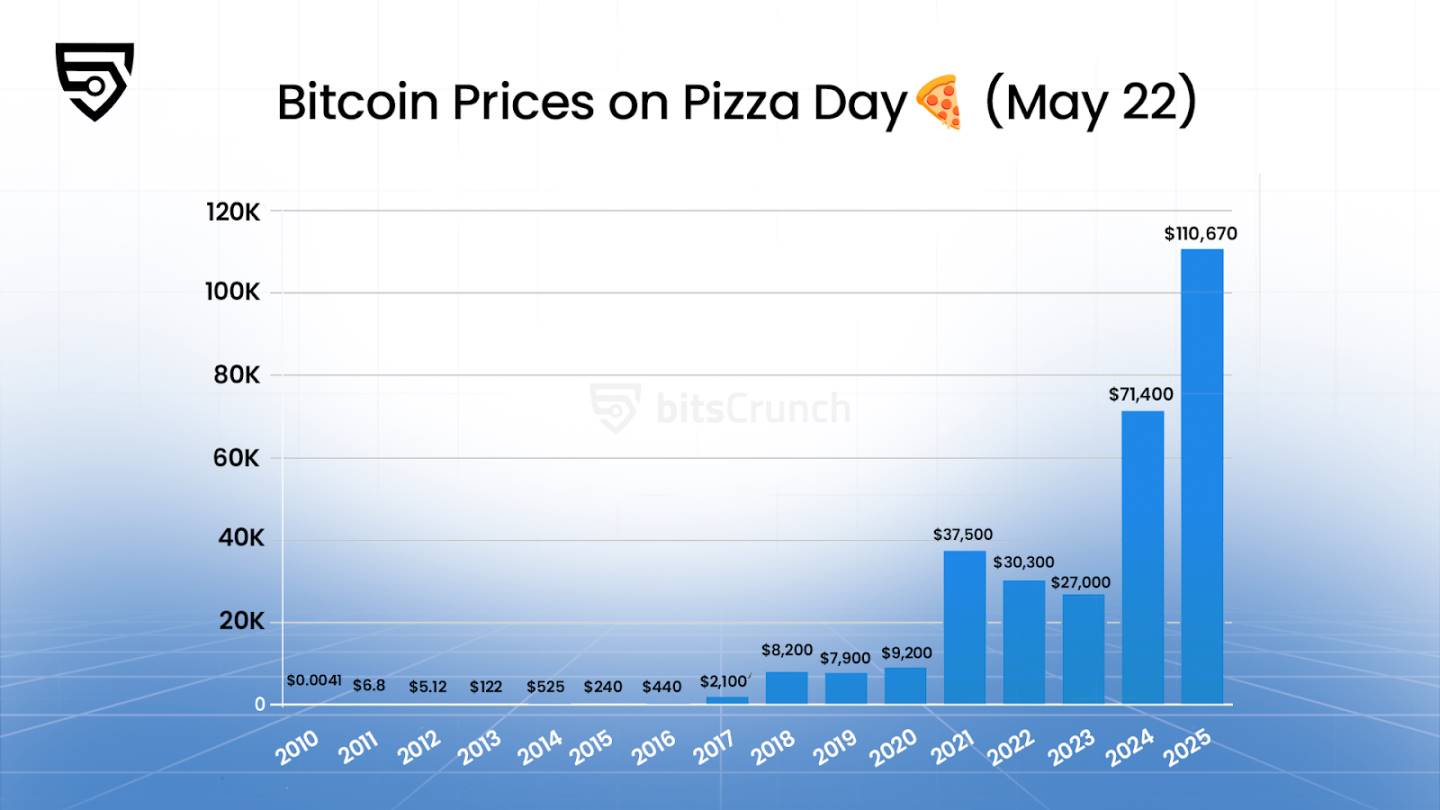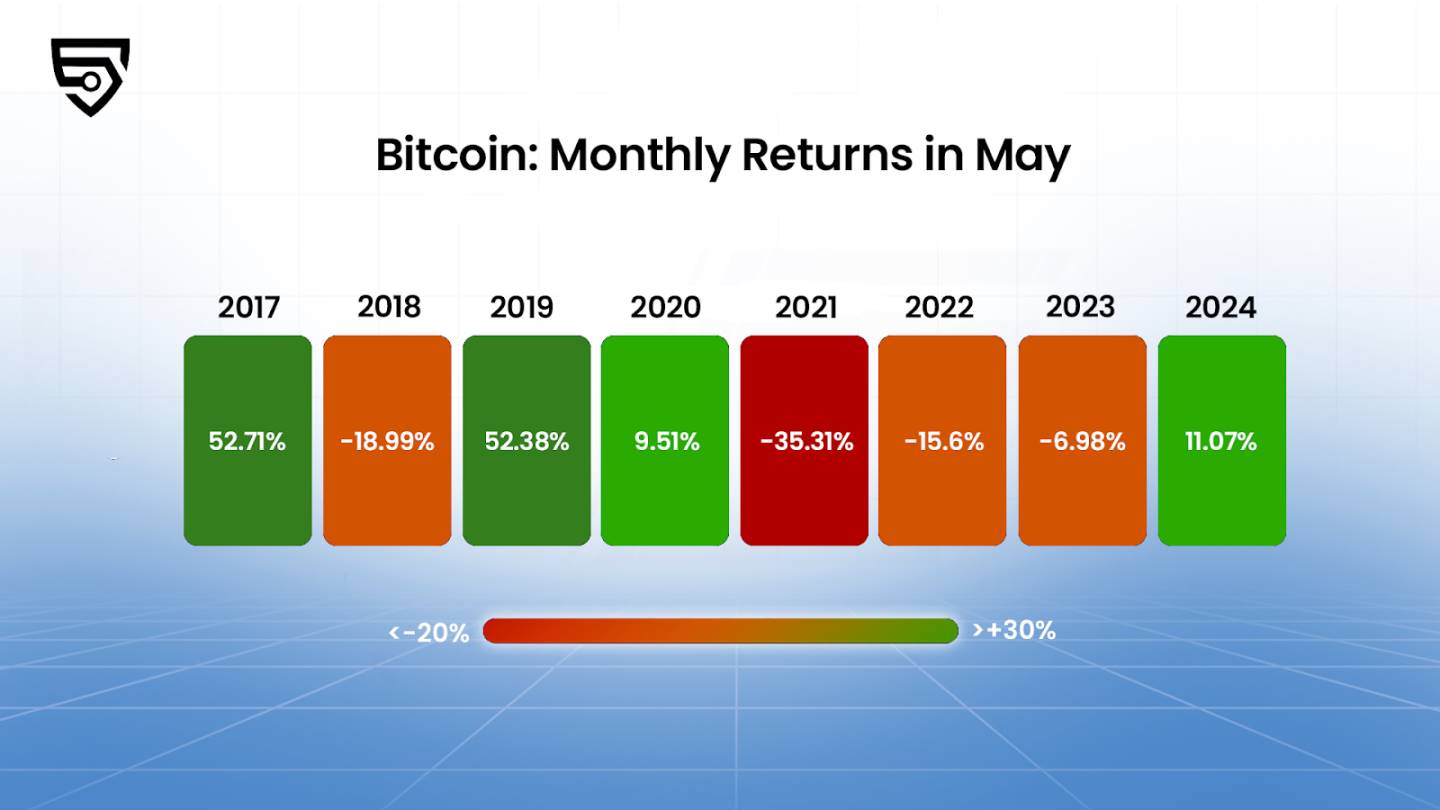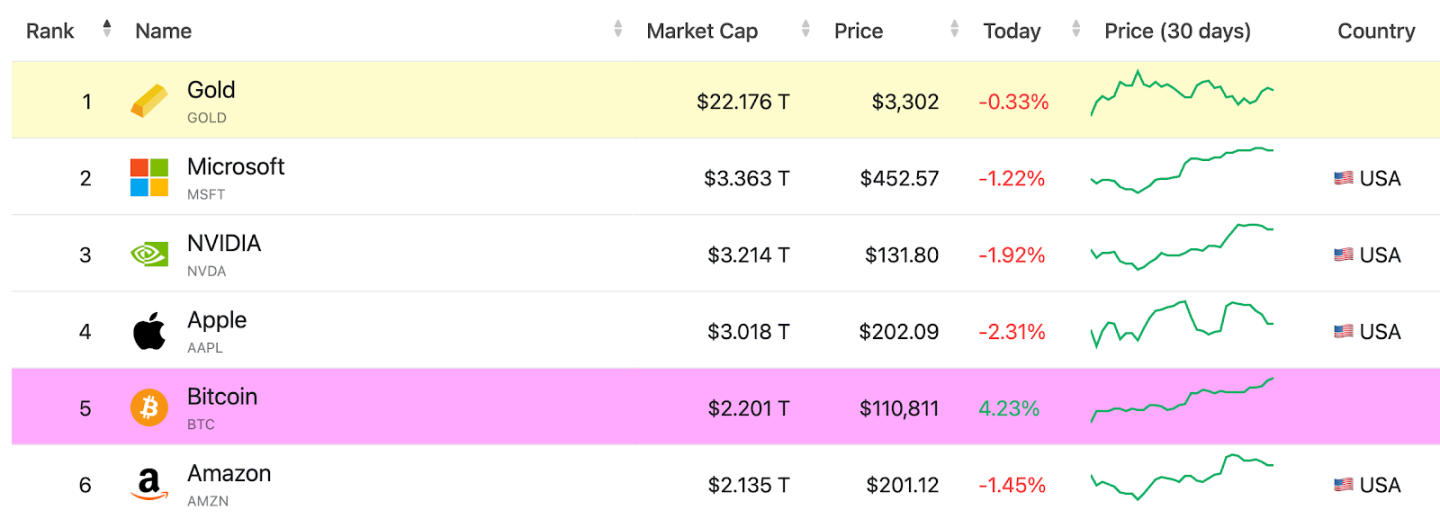A 15-year price curve at an all-time high: we're going to be part of history
Currently, the price of Bitcoin has broken through $110,000, hitting an all-time high. May 22 coincides with the annual "Pizza Festival", a spontaneous anniversary formed by the crypto community, which once again draws attention back to the moment that changed history 15 years ago - the $1.1 billion pizza.
1. The starting point of a value enlightenment
In 2010, the Bitcoin network was still in the stage of "primitive society", the computing power of the whole network was less than one trillionth of today's, the exchange had not yet been born, and the holders were mostly geeks and technology enthusiasts. When Laszlo proposed "Bitcoin for pizza" in a forum post, the "value pegging" of cryptocurrencies was still blank.
On May 22, 2010, American programmer Laszlo Hanyecz bought two Papa John's pizzas for 10,000 bitcoins, marking the first time Bitcoin was used as a means of payment in the real world. At the time, the 10,000 bitcoins were worth about $41, with an average value of just $0.0041 per bitcoin.
Now, 15 years later, those two pizzas are worth a staggering $1 billion based on Bitcoin's price of breaking $100,000. This number not only became a milestone in the early development of Bitcoin, but also revealed the epic leap of the cryptocurrency from a marginal experiment to a global asset.
2. The Bitcoin price curve over the past 15 years
From $0.0041 to $110,000 15 years later, by combing through the Bitcoin price data on May 22 of the previous year, according to the bitsCrunch.com data, we can clearly capture the key cycles and driving logic in its development trajectory. The chart below shows the price performance of Bitcoin at the Pizza Festival over the years.

Source: bitsCrunch.com
Technology Perfection Period (2010-2013): From proof of concept to initial adoption, Bitcoin proved the viability of decentralised money.
In May 2011, the price of Bitcoin climbed to $6.8, and the emergence of the dark web "Silk Road" first demonstrated its potential for anonymous payments; The price topped $122 in May 2013, the same period as the Cyprus debt crisis propelled Bitcoin into the mainstream as a "safe haven asset", rising 5,400% for the year.
Speculative frenzy (2014-2017): The sharp price swings attracted global attention, but also exposed the immaturity of the market.
The 2014 theft of the Mt. Gox exchange halved the price from $525 to $240 (2015), and the market experienced its first large-scale risk education. Since then, technological breakthroughs such as Ethereum's smart contracts and the Lightning Network have driven the ecosystem to expand, and the price has rebounded to $2,100 in May 2017, and soared to $19,783 in December of the same year due to ICO frenzy, completing the first "super cycle".
Institutional Awareness Period (2018-2021): Traditional financial institutions are starting to take Bitcoin seriously as part of their digital asset allocation.
In the bear market in 2018, many people left the market directly, but the entry of institutions such as Grayscale Trust and MicroStrategy laid the foundation for long-term buying. In May 2021, the price touched $37,500, and countries such as Tesla, El Salvador, and others added Bitcoin to their balance sheets; In 2024, the approval of the US Bitcoin spot ETF and the landing of the fourth halving resonated with the inflationary pressure of global fiat currencies, pushing the price above $71,400, with an annualised return of 217%.
The chart below shows Bitcoin's monthly performance from May 2017 to 2024.

Source: bitsCrunch.com
Mainstream Acceptance Period (2022-2025): The regulatory framework is gradually improved, ETFs are approved, and Bitcoin officially enters the traditional portfolio.
With the advancement of global central bank digital currencies, the maturity of the Web3 ecosystem, and the in-depth application of blockchain technology in all walks of life, digital currencies are reshaping our economic system. As a pioneer of this revolution, Bitcoin's value is not only reflected in the price, but also in the decentralisation and technological innovation spirit it represents.
3. The structural shift behind the all-time high
Today, Bitcoin has a market capitalisation of more than $2.1 trillion, surpassing Amazon to become the fifth largest asset in the world. Its value support logic has undergone essential evolution: first, it has strengthened its macro hedging attributes, second, the US and European crypto market supervision bills have landed, and third, Coinbase, BlackRock and other compliance channels have opened up traditional capital entrances.

Laszlo's 10,000 bitcoins were once derided as a "stupid deal", but if we look back today, this transaction confirms the essence of the Austrian school's "subjective axiology" – that value does not originate from entities, but from a reflection of group consensus. In the past 15 years, Bitcoin has evolved from a code experiment on geek forums to a "free currency" believed by hundreds of millions of people, and its price fluctuation curve is actually the evolutionary history of human cognition of decentralised finance.
4. Conclusion: Consensus creates value
On social media, #PizzaDay topics become trending every year, with people sharing photos of their pizzas, reminiscing about the development of Bitcoin and looking forward to the future of digital currency. This tradition has gone beyond simple commemoration to become a symbol of cohesion for the entire cryptocurrency community.
Looking back at the all-time high of $110,000, the pizza festival has long since gone beyond mere commemoration to become a cultural totem of the crypto spirit: it reminds us that the power of technological innovation and institutional restructuring often begins with the smallest practices. As Satoshi Nakamoto embedded in the genesis block with the Times headline, "Chancellor of the Exchequer on the verge of a second round of bank bailouts", Bitcoin's ultimate mission may be to make the ideals of freedom behind the two pizzas 15 years ago a reality.
And we will eventually become participants, witnesses and practitioners in the history of digital currency.
